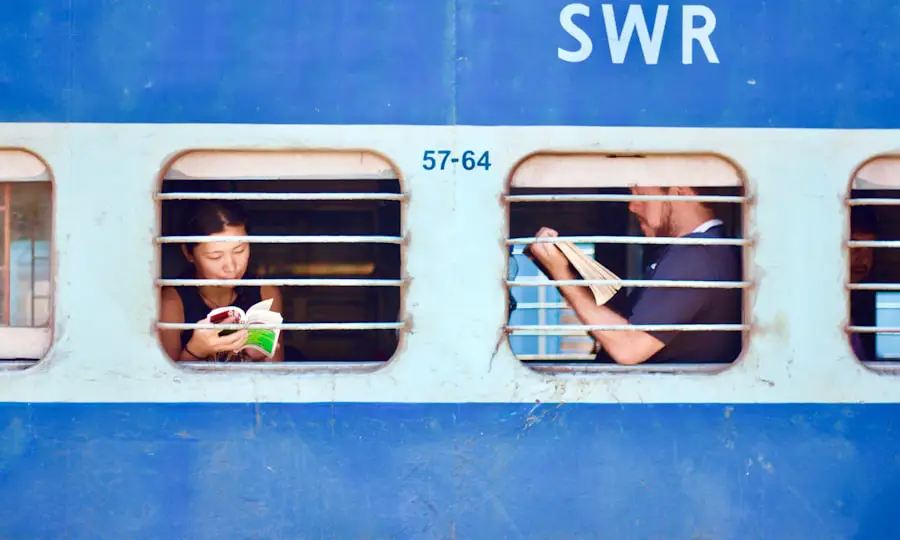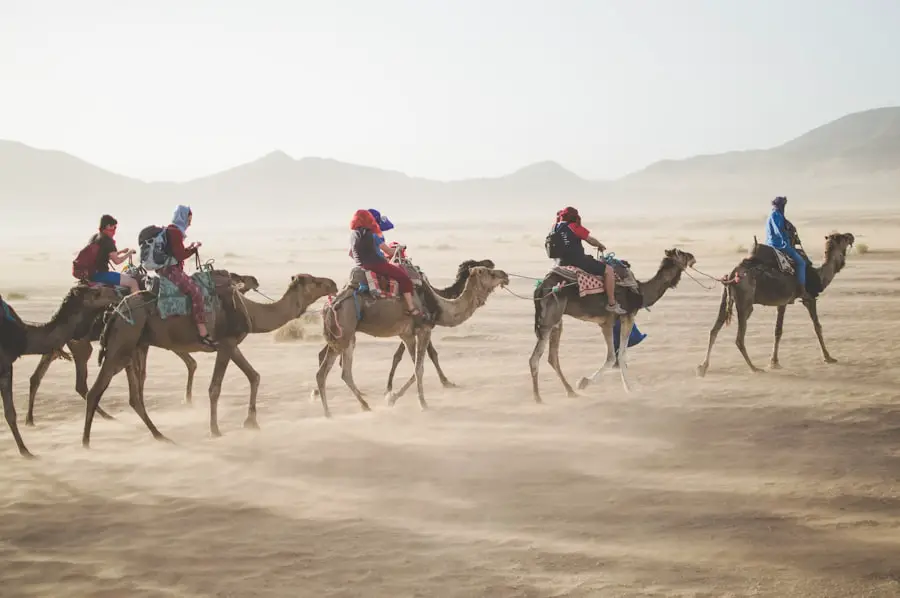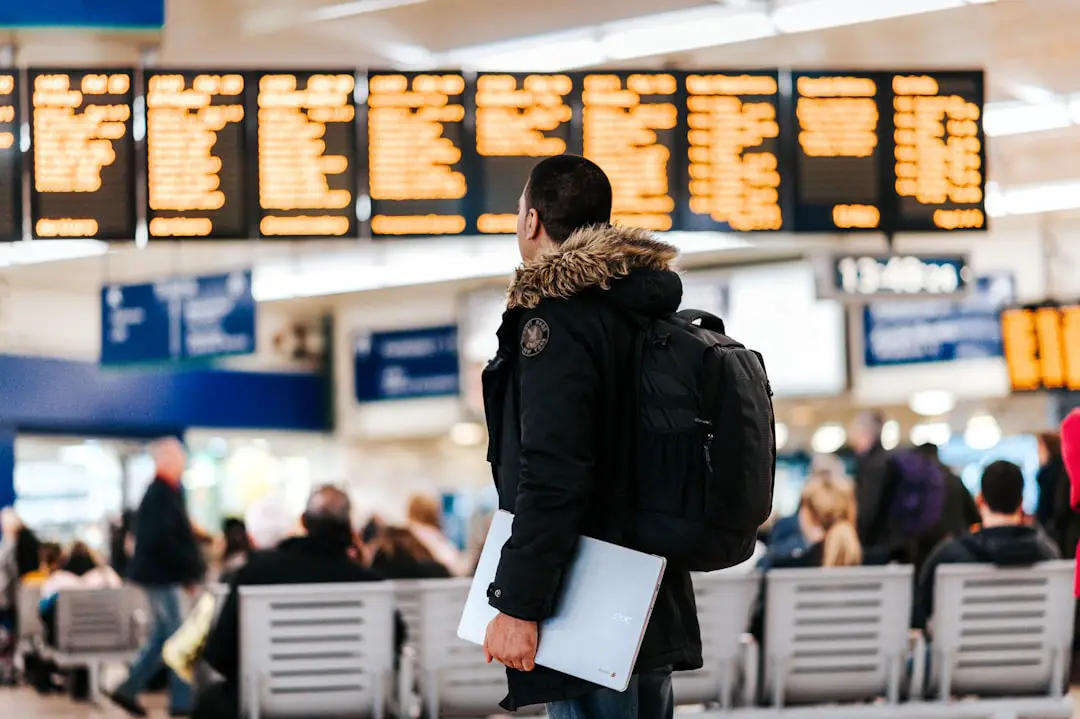Malaysia, a Southeast Asian nation located on the equator, boasts a tropical rainforest climate characterized by high humidity and temperatures that typically range from 77°F to 95°F (25°C to 35°C) throughout the year. The country experiences two main monsoon seasons: the Southwest Monsoon, which occurs from May to September, and the Northeast Monsoon, which lasts from November to March. This unique climatic pattern not only influences the weather but also shapes the cultural and social activities within the country.
The diverse geography, which includes coastal areas, highlands, and dense rainforests, contributes to microclimates that can vary significantly even within short distances. The climate in Malaysia is a crucial factor for travelers to consider when planning their visit. Understanding the seasonal variations can enhance the experience, allowing visitors to partake in local festivals, enjoy outdoor activities, or simply relax on the beach.
The interplay of weather patterns and cultural events creates a dynamic environment that attracts millions of tourists each year. Whether one is drawn to the bustling cities, serene beaches, or lush jungles, knowing when to visit can make all the difference in experiencing the best that Malaysia has to offer.
Key Takeaways
- Malaysia has a tropical climate with high humidity and temperatures ranging from 77°F to 95°F throughout the year.
- The peak season in Malaysia is during major festivals and events such as Chinese New Year, Hari Raya, and the Rainforest World Music Festival, which usually occur between January and August.
- Off-peak season, from March to October, is the best time for budget travelers to visit Malaysia as accommodation and flight prices are lower.
- Monsoon season in Malaysia typically occurs from November to March on the west coast and from May to September on the east coast, bringing heavy rainfall and potential flooding.
- The best time for wildlife watching in Malaysia is during the dry season from May to September, when animals are more active and easier to spot in national parks and wildlife reserves.
Peak Season: When to Visit for Festivals and Events
The peak tourist season in Malaysia generally coincides with school holidays and major festivals, making it an exciting time for visitors who wish to immerse themselves in the local culture. One of the most significant events is Hari Raya Aidilfitri, which marks the end of Ramadan and is celebrated with vibrant festivities across the nation. The exact date varies each year based on the Islamic lunar calendar, but it typically falls in June or July.
During this time, cities like Kuala Lumpur and Penang come alive with colorful decorations, street markets, and open houses where locals invite guests to share traditional dishes. Another notable festival is Chinese New Year, celebrated by the Chinese community in Malaysia with great enthusiasm. The festivities usually take place in January or February and include lion dances, fireworks, and family reunions.
Cities such as Kuala Lumpur and Ipoh host grand parades and cultural performances that showcase the rich heritage of the Chinese population. Additionally, Deepavali, the Hindu festival of lights, is celebrated with equal fervor, particularly in areas with significant Indian communities. These festivals not only provide a glimpse into Malaysia’s multicultural fabric but also offer unique opportunities for travelers to engage with local traditions and customs.
Off-Peak Season: Best Time for Budget Travelers

For budget-conscious travelers, visiting Malaysia during the off-peak season can yield significant savings while still providing a rich experience. The off-peak months typically fall between September and early November, as well as from March to May. During these periods, hotel rates drop, and flights become more affordable due to lower demand.
This is an ideal time for those who wish to explore Malaysia’s attractions without the crowds that characterize peak season. Traveling during the off-peak season also allows for a more intimate experience with local culture. Visitors can enjoy popular tourist spots such as the Batu Caves or George Town at a leisurely pace without long queues or overwhelming crowds.
Additionally, many local businesses offer discounts and promotions during this time to attract visitors. This period is particularly favorable for exploring Malaysia’s culinary scene, as food stalls and restaurants are less busy, allowing travelers to savor authentic dishes without feeling rushed.
Monsoon Season: What to Expect and How to Prepare
| Monsoon Season | Expectations | Preparation |
|---|---|---|
| Heavy Rainfall | Expect frequent heavy rainfall leading to flooding and waterlogging | Clean gutters and drains, stock up on emergency supplies |
| Strong Winds | Expect strong winds and potential damage to property | Secure loose items, trim trees and bushes |
| Power Outages | Expect power outages due to storms and lightning | Have flashlights, batteries, and a backup power source |
| Health Risks | Expect an increase in waterborne diseases and mosquito-borne illnesses | Use mosquito repellent, drink clean water, and maintain hygiene |
The monsoon season in Malaysia can be both a challenge and an opportunity for travelers. The Northeast Monsoon typically brings heavy rainfall from November to March, particularly affecting the east coast of Peninsular Malaysia and parts of Borneo. While this may deter some visitors due to concerns about weather disruptions, it is essential to understand that rain often comes in short bursts followed by clear skies.
This means that travelers can still enjoy their trips if they are prepared for sudden downpours. To make the most of a visit during monsoon season, it is advisable to pack appropriate rain gear such as waterproof jackets and sturdy umbrellas. Additionally, planning indoor activities can be beneficial; for instance, exploring Kuala Lumpur’s numerous shopping malls or visiting cultural institutions like museums can provide refuge from the rain while still offering enriching experiences.
Furthermore, this season presents an opportunity to witness Malaysia’s lush landscapes at their most vibrant, as the rain nourishes the flora and fauna across the country.
Wildlife Watching: Ideal Time for Nature Enthusiasts
For nature enthusiasts and wildlife watchers, timing is crucial when planning a trip to Malaysia’s national parks and reserves. The best time for wildlife observation generally aligns with the dry months from March to October when animals are more active and visible due to lower humidity levels. During this period, parks such as Borneo’s Kinabatangan River and Peninsular Malaysia’s Taman Negara become prime locations for spotting diverse species including orangutans, proboscis monkeys, and various bird species.
In addition to favorable weather conditions, certain months are particularly advantageous for specific wildlife sightings. For example, June through August is an excellent time for observing nesting sea turtles along the east coast of Peninsular Malaysia. Meanwhile, birdwatchers may find that migratory birds flock to Malaysia between September and November, making this an ideal time for birding enthusiasts to explore locations like Langkawi or Kuala Selangor.
Engaging with local guides can enhance these experiences as they possess invaluable knowledge about animal behavior and habitats.
Beach Getaways: When to Visit for the Best Weather

West Coast Islands: November to March
The west coast islands, such as Langkawi and Penang, enjoy their prime beach weather from November to March when rainfall is minimal and temperatures are pleasantly warm. This period coincides with the dry season on this side of Peninsular Malaysia, making it perfect for sunbathing, swimming, and engaging in water sports.
East Coast Islands: April to October
On the other hand, if you wish to explore the east coast islands like Perhentian or Redang, the optimal time is from April to October when these areas experience drier conditions before the onset of the Northeast Monsoon. During these months, visitors can indulge in snorkeling or diving among vibrant coral reefs teeming with marine life.
Plan Ahead with Local Weather Forecasts
It’s essential for travelers to check local weather forecasts before planning their beach getaways since conditions can vary significantly between regions.
Cultural Exploration: Recommended Time for Historical and Cultural Tours
Malaysia’s rich history and diverse cultural heritage make it a fascinating destination for those interested in cultural exploration. The best time for historical tours often aligns with cooler months from December to February when temperatures are more manageable for walking tours through cities like Malacca and George Town—both UNESCO World Heritage Sites known for their colonial architecture and historical significance. During this period, various cultural events also take place that can enhance a visitor’s experience.
For example, Malacca hosts its annual Malacca River Festival in December, showcasing traditional performances and local crafts along its scenic riverbanks. Similarly, George Town celebrates its own heritage through festivals that highlight its multicultural roots. Engaging with local communities during these events provides deeper insights into Malaysia’s history and traditions while allowing travelers to appreciate its vibrant arts scene.
Tips for Planning Your Trip to Malaysia
When planning a trip to Malaysia, it is essential to consider not only the climate but also personal interests and travel goals. Researching specific festivals or events can help align travel dates with unique cultural experiences that enrich one’s journey. Additionally, being flexible with travel plans can allow visitors to adapt to changing weather conditions or take advantage of last-minute deals during off-peak seasons.
Travelers should also remain informed about local customs and practices as they navigate through different regions of Malaysia. Understanding cultural sensitivities can enhance interactions with locals and foster a more respectful travel experience. Ultimately, careful planning combined with an open mind will ensure that visitors make the most of their time in this diverse and captivating country.
If you are planning a trip to Malaysia, you may want to consider investing in a travel CPAP machine to ensure a good night’s sleep while away from home. Check out this article on the best travel CPAP machines to find the perfect one for your needs. Additionally, if you are looking for some peace and quiet during your flight, consider purchasing a pair of wired noise-canceling earbuds. Take a look at this article on the best noise-canceling earbuds for some great options. And if you are in need of a travel gift for a special woman in your life, check out this article on the best travel gifts for her for some inspiration.
FAQs
What is the best time to travel to Malaysia?
The best time to travel to Malaysia is during the dry season, which typically runs from May to September. This is when the weather is generally sunny and dry, making it ideal for outdoor activities and sightseeing.
When is the rainy season in Malaysia?
The rainy season in Malaysia usually occurs from November to March. During this time, the country experiences heavy rainfall and occasional monsoons, which can affect travel plans and outdoor activities.
What are the peak tourist seasons in Malaysia?
The peak tourist seasons in Malaysia are during the dry season from May to September, as well as during major holidays and festivals such as Chinese New Year and Hari Raya. It’s advisable to book accommodations and transportation in advance during these times.
What is the climate like in Malaysia?
Malaysia has a tropical climate, with high temperatures and humidity throughout the year. The country experiences two monsoon seasons, which bring heavy rainfall and occasional storms.
Are there any specific events or festivals to consider when planning a trip to Malaysia?
Some of the major events and festivals in Malaysia include Chinese New Year, Hari Raya, Deepavali, and the Rainforest World Music Festival. These events can offer unique cultural experiences but may also attract larger crowds of tourists.
